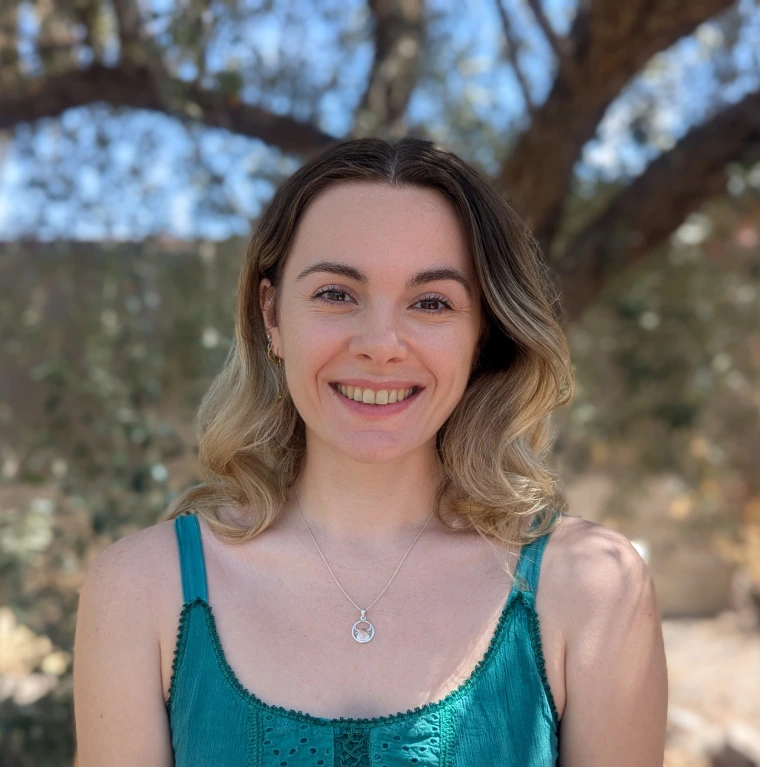Talitha Neesham-McTiernan

Talitha is a third-year PhD student in the School of Geography, Development and Environment at the University of Arizona. Her research explores agrivoltaics (the integration of agriculture and solar electricity production) as a climate adaptation strategy for agricultural communities in the Southwestern United States. Using an interdisciplinary approach that combines spatial modeling, microclimate analysis, and semi-structured interviews, she investigates the complex relationships between renewable energy systems, agricultural productivity, and climate resilience. Driven by a commitment to science that addresses real-world challenges, Talitha strives to develop research that meaningfully integrates technical analysis with community perspectives. Through her work, she aims to ensure that emerging climate adaptation strategies respond to the needs of the communities they are intended to serve, creating more contextually appropriate and socially equitable solutions.
Reshaping the Map: Integrating Local Knowledge into Agrivoltaic Suitability Mapping
This project addresses the limitations of conventional suitability mapping approaches by centering community voices in determining appropriate locations for agrivoltaic development in Maricopa and Cochise Counties, Arizona. While technical suitability maps provide valuable initial guidance, they often fail to incorporate local knowledge and contextual realities, potentially identifying "suitable" locations that may face community resistance. Through collaborative workshops with agricultural communities and partnerships with Cooperative Extension specialists, this research explores how communities define "suitability" for agrivoltaics and what factors they consider critical in this assessment. The project will create a novel "living atlas of community suitability" - an interactive online mapping platform that visualizes diverse perspectives on appropriate development locations and their underlying reasoning. By comparing community-defined criteria with conventional technical approaches, this work aims to fundamentally reshape our understanding of suitability mapping for cross-sectoral technologies like agrivoltaics, bridging the gap between technical expertise and local knowledge to support more contextually appropriate development outcomes.

